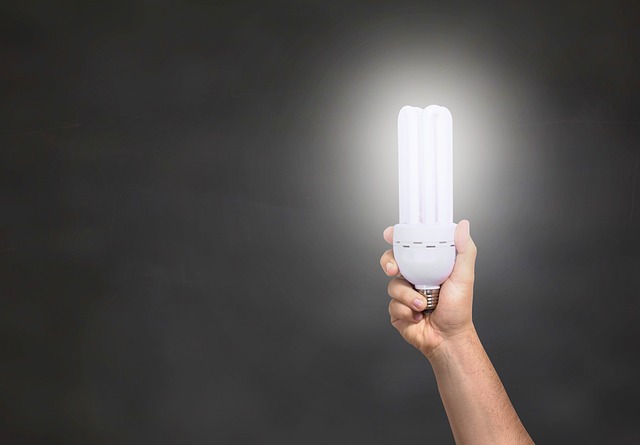When it comes to choosing the right light bulb for your home, energy efficiency plays a critical role in reducing electricity bills and minimizing your environmental impact. LED, CFL, and Halogen bulbs are the most common options available today, but which one is best for energy efficiency? Let’s explore how these lighting technologies compare in terms of energy usage, lifespan, cost, and environmental impact to help you make an informed decision.
1. LED Bulbs: The Energy Efficiency Champion
Light Emitting Diodes (LEDs) are the most energy-efficient lighting option available. They convert almost all the energy they consume into light, resulting in minimal wastage as heat.
- Energy Usage: LEDs use up to 80-90% less energy than traditional incandescent bulbs and about 50% less than CFLs.
- Lifespan: LEDs last an impressive 15,000 to 25,000 hours, far surpassing CFLs and Halogens.
- Cost: While the initial cost of LEDs is higher, their longevity and lower energy consumption make them more cost-effective over time.
- Environmental Impact: LEDs are free of toxic materials and are 100% recyclable, making them an eco-friendly choice.
LEDs are ideal for areas where lights are used frequently, such as kitchens, living rooms, and outdoor spaces.
2. CFL Bulbs: Affordable and Efficient
Compact Fluorescent Lamps (CFLs) are a step up from traditional incandescent bulbs and offer significant energy savings, though they fall short of LEDs.
- Energy Usage: CFLs use about 60-75% less energy than incandescent bulbs but are less efficient than LEDs.
- Lifespan: CFLs last approximately 8,000 to 10,000 hours, which is shorter than LEDs but much longer than Halogens.
- Cost: CFLs are less expensive upfront than LEDs, making them an affordable option for those on a budget.
- Environmental Impact: One drawback of CFLs is that they contain a small amount of mercury, which requires careful disposal to prevent environmental contamination.
CFLs work well in areas where lights are turned on and off less frequently, such as bedrooms or bathrooms, as frequent switching can shorten their lifespan.
3. Halogen Bulbs: A Traditional Alternative
Halogen bulbs are an upgraded version of incandescent bulbs, offering slightly improved energy efficiency and a more natural light appearance.
- Energy Usage: Halogens are about 20-30% more efficient than traditional incandescent bulbs but lag far behind LEDs and CFLs.
- Lifespan: Halogen bulbs typically last 2,000 to 4,000 hours, the shortest lifespan among these three options.
- Cost: Halogens are inexpensive upfront, but their frequent replacement and higher energy consumption make them less cost-effective in the long run.
- Environmental Impact: While halogens do not contain mercury, they generate more heat and have a larger carbon footprint compared to LEDs and CFLs.
Halogens are better suited for decorative lighting or fixtures where a warm, natural light is desired.
Conclusion
When comparing LED, CFL, and Halogen bulbs, LEDs are the clear winner in terms of energy efficiency, longevity, and environmental impact. While CFLs offer a middle-ground option at a lower initial cost, their mercury content and shorter lifespan make them less desirable. Halogen bulbs, though better than traditional incandescent bulbs, fall significantly behind in energy efficiency. For a cost-effective and eco-friendly lighting solution, LEDs are the best choice for most households.


